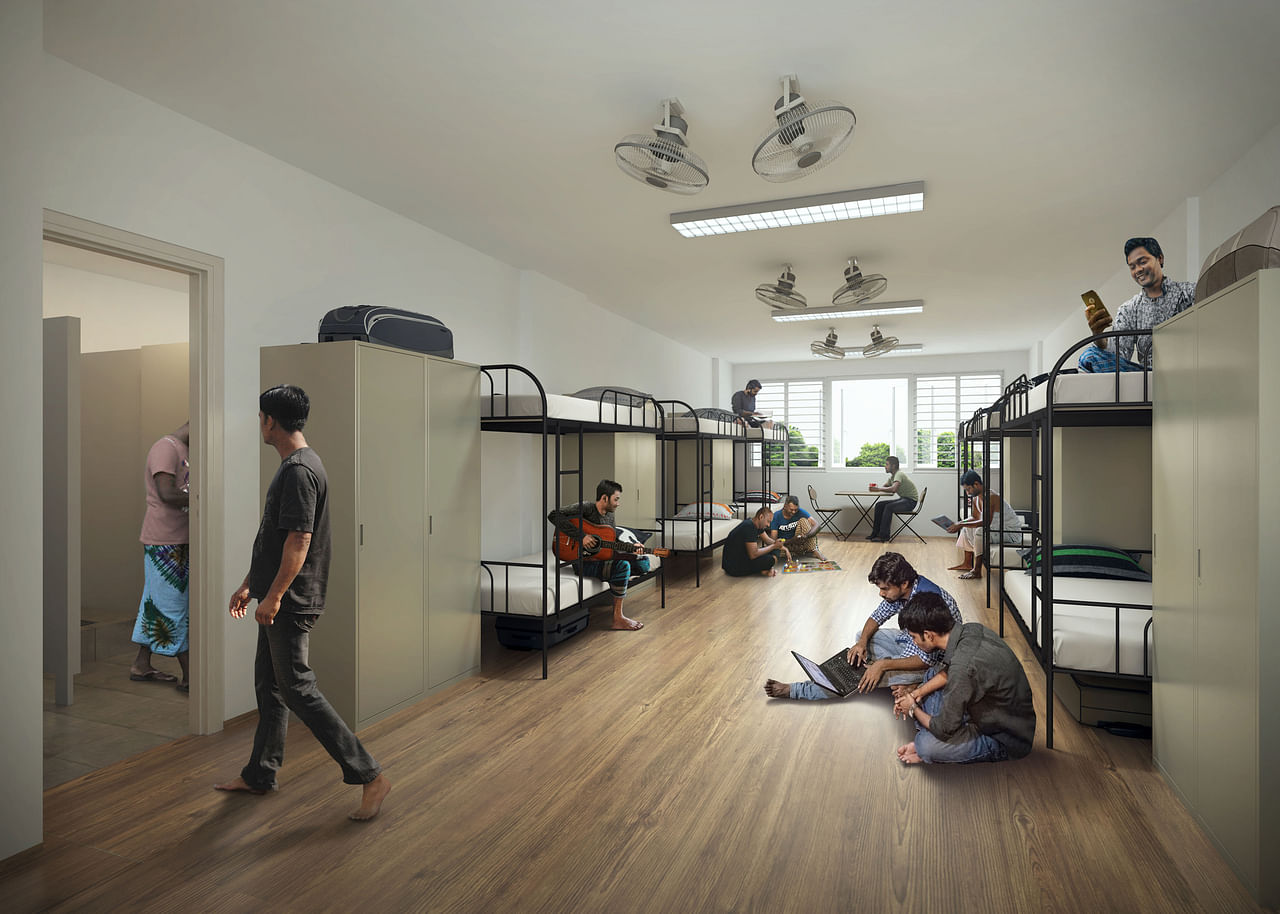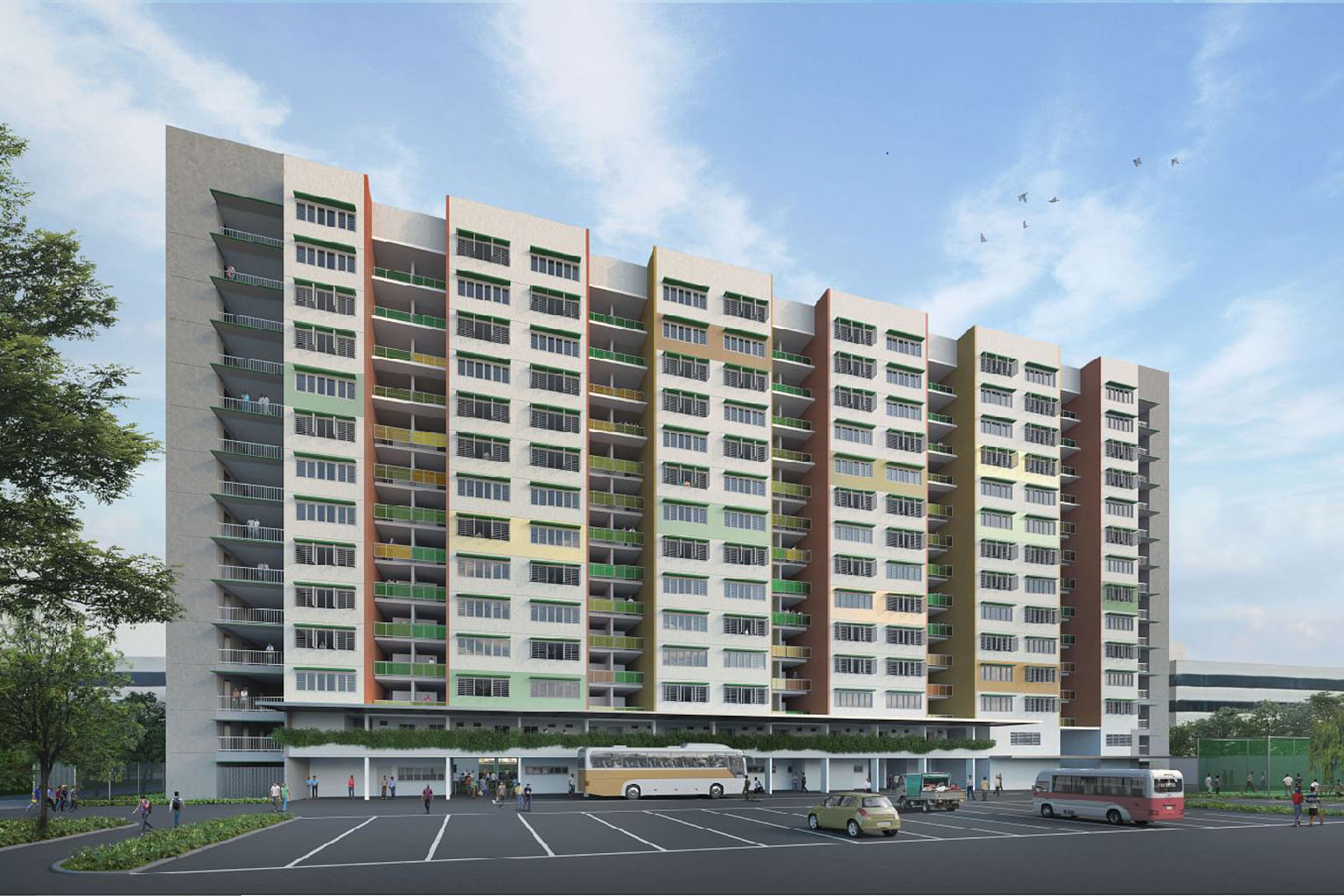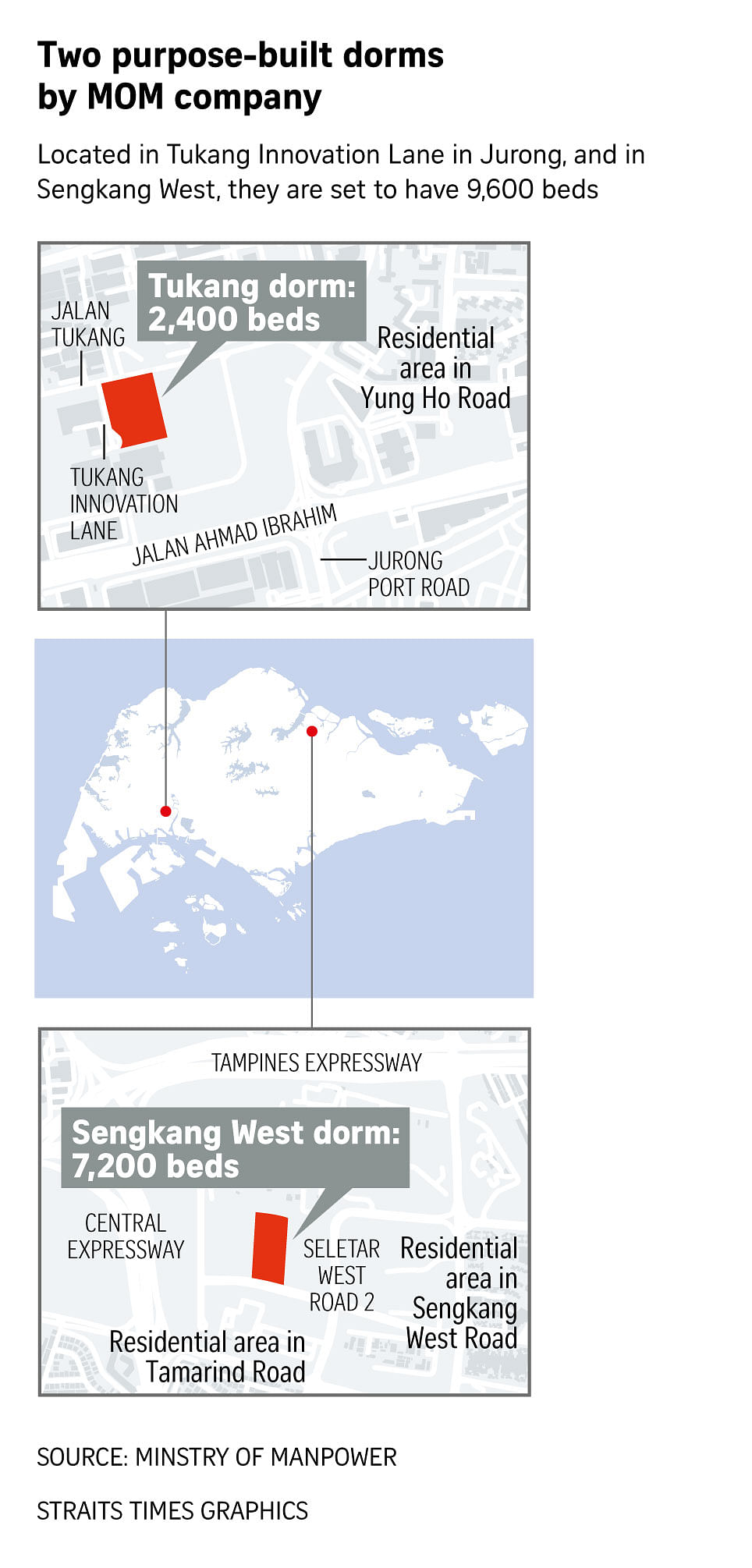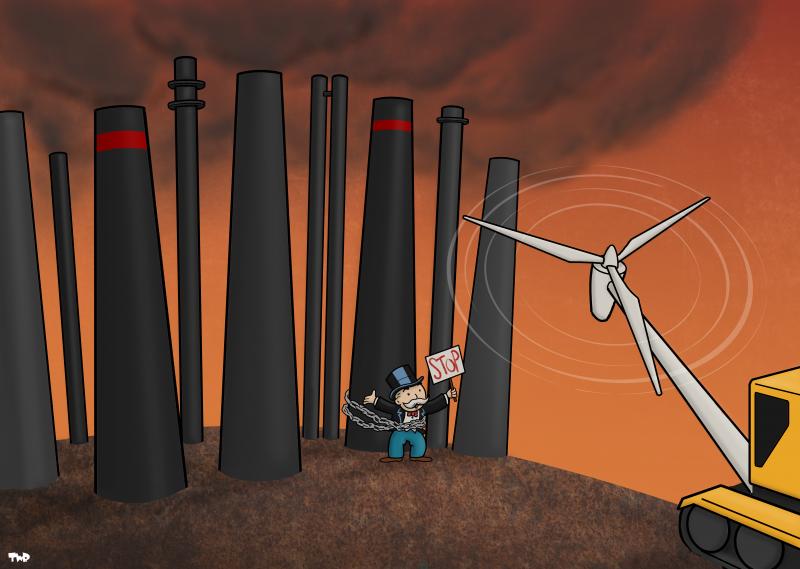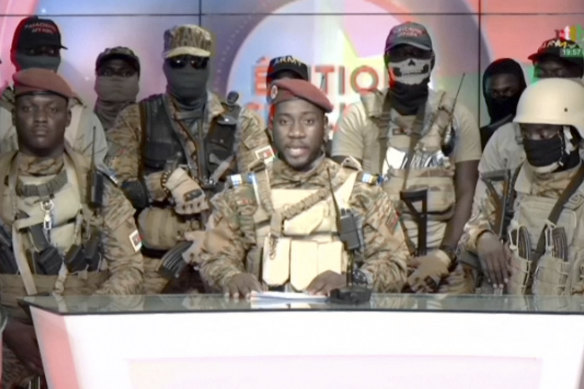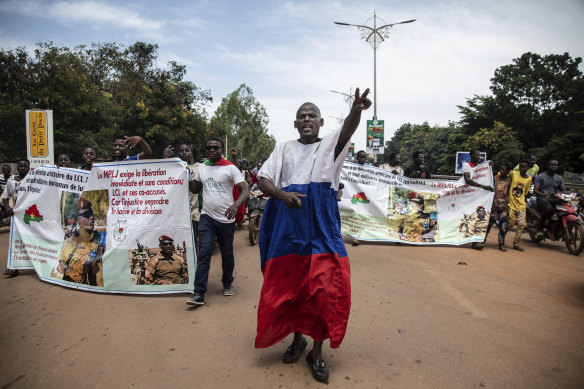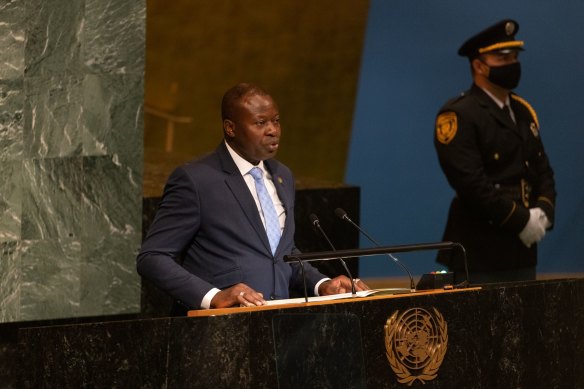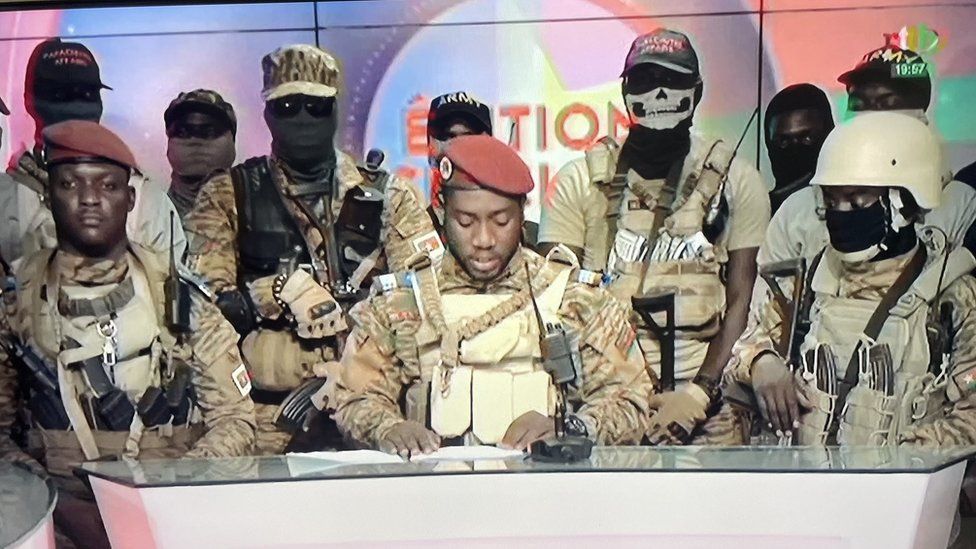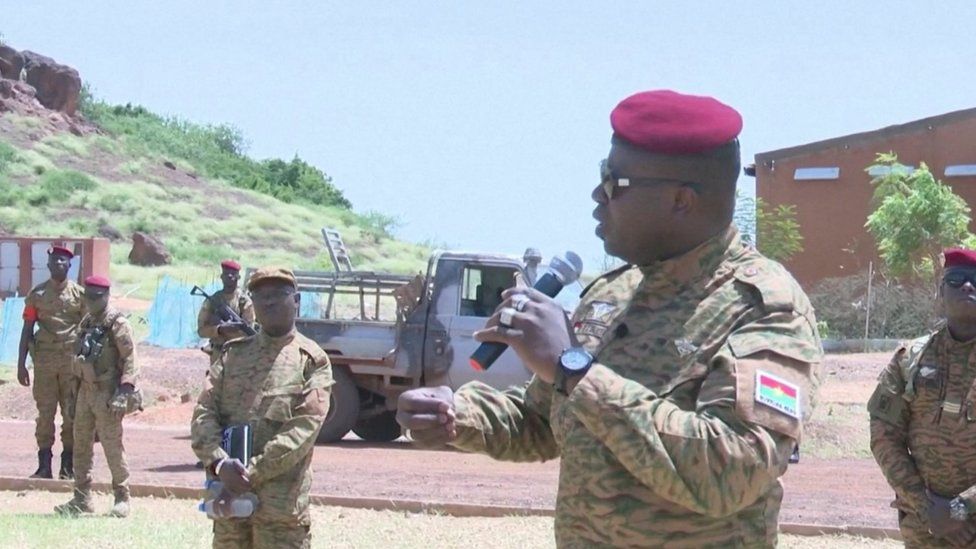October 01, 2022 08:51 GMT

Bayern Munich fans have shown their support for Iranian striker Sardar Azmoun, who has backed anti-government protests taking place in Iran, during a match in their home stadium.
The Munich fans revealed two banners expressing solidarity with women in the Islamic republic who have been demonstrating to demand more freedoms.
The banners were unfurled when Azmoun, who plays for Bayer Leverkusen, came off the bench in the 60th minute of the match on September 30, which Bayern Munich ultimately won 4-0.
One banner read "Women, life, freedom" in Persian -- a common chant heard in the Iranian protests. Another read "Solidarity with the feminist revolution in Iran" in English.
Earlier this week, Iranian soccer bloggers took screenshots of an Instagram post from Azmoun saying that because of "restrictive rules on the Team Melli (Iran), I could not say anything."
But he added that he also could not stay silent about the crackdown against the protests.
"This will never be erased from our consciousness. Shame on you!" he wrote on his Instagram account, which is followed by some 5 million people.
The post was deleted, and the entire content of his account disappeared for days.
The protests in Iran began after the death on September 16 of Mahsa Amini, a 22-year-old Kurdish woman in police custody. Amini was arrested for allegedly breaching Iran's strict rules requiring women to wear an Islamic headscarf, or hijab.
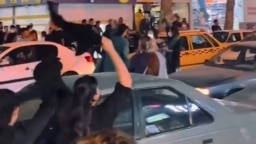
SEE ALSO:
Protests In Iran Continue Despite Violent Government Crackdown
Iran Human Rights, an Oslo-based rights organization, has said 83 people, including children, have been killed during the two weeks of protest.
Iranian media reported on September 29 that Hossein Mahini, the retired captain of Iranian soccer giant Persepolis FC, has been arrested on charges of "encouraging riots and sympathizing with the enemy" after he posted content on social media in support of the protesters.
Based on reporting by AFP
By GRAHAM DUNBAR

1 of 4
GENEVA (AP) — Political issues are swirling around the Iran men’s soccer team amid turmoil on the streets at home just weeks before the World Cup where it will play the United States, Wales and England.
At home in Iran, two weeks of demonstrations and a violent crackdown by state authorities have followed the death of a 22-year-old woman, Mahsa Amini, in the custody of the morality police. She had been detained for allegedly wearing a mandatory headscarf too loosely.
Players made their silent protest at a World Cup warmup game this week, where the Iranian soccer federation tried to silence fans by locking them out of the stadium in Austria.
The federation also tried this month to organize a warmup game in November with Russia, Iran’s military ally whose teams are pariahs in soccer since the invasion of Ukraine.
FIFA was urged Friday by long-time campaigners for the rights of women fans to attend games in Iran to expel the national team from the World Cup.
“The Islamic Republic’s authorities and its football federation must not be given the honor of participating in football’s finest tournament while it is killing its citizens on our streets,” the Open Stadiums group said.
Open Stadiums called on FIFA to uphold its statutory commitment to respect and strive to promote “all internationally recognized human rights.”
Soccer’s governing body did not immediately comment on the fans’ request.
FIFA already did expel Russia from this World Cup — imposing a ban before a European qualifying playoffs semifinal in March against Poland — though without invoking human rights reasons. Instead, FIFA cited “irreparable and chaotic” harm to the World Cup due to security risks and potential opponents likely refusing to play Russia.
Iran should certainly play at the World Cup in Qatar, its near neighbor across the Persian Gulf water, though the likelihood increased this week of political disruption for FIFA to deal with at the tournament starting Nov. 20.
Players have made their stand after being criticized for not reacting to Amini’s death days later at their first warmup game in Austria.
On Sunday, striker Sardar Azmoun wrote to his 4.9 million followers on Instagram that team rules prohibited comment “but I am no longer able to tolerate silence.”
He added being kicked out of the team would be “a small price to pay for even a single strand of Iranian women’s hair.”
A team-wide reaction followed Tuesday when the Iranian anthem played ahead of the game against Senegal. Each player wore a wore a plain black jacket that covered up their national team badge.
The game went ahead without fans in the stadium near Vienna, as the federation tried to stop demonstrators outside using a platform for dissent that would be seen on a live broadcast at home.
Star striker Mehdi Taremi later wrote on Instagram of being “ashamed” to see videos from Iran of violence against women in the streets.
Protesters in Iran have also targeted wider repression with some calls to overthrow the clerical establishment that has ruled Iran since its 1979 Islamic revolution.
Soccer was drawn closer into the Iranian turmoil in the same week FIFA president Gianni Infantino claimed progress for women’s fans there at a World Trade Organization event in Geneva.
“Women attend football games now in Iran which was not possible until a couple of (months) ago,” Infantino said Tuesday, when he also visited United Nations human rights officials hours before the Iran players’ protest in Austria.
Infantino’s claim was disputed by Open Stadiums which said “when the Islamic Republic pretended to open league matches for women, it was far from the equality FIFA’s own statutes require.”
“To begin with, very few women could buy tickets, then in a humiliating way got physically harassed by Iran’s morality police,” the activist group said.
The tension between FIFA and Iranian women fans is despite some success at the 2018 World Cup in Russia.
FIFA intervened four years ago to ensure fans could display their campaign banners in stadiums.
More cooperation could be called upon in Qatar, when Iran has a global audience to face England in just the second game of the tournament on Nov. 21.
Coach Carlos Queiroz’s team also faces Wales in Group B on Nov. 25 and four days later against the U.S.
___
John Duerden in Seoul, South Korea, contributed to this report
___
More AP soccer: https://apnews.com/hub/soccer and https://twitter.com/AP_Sports


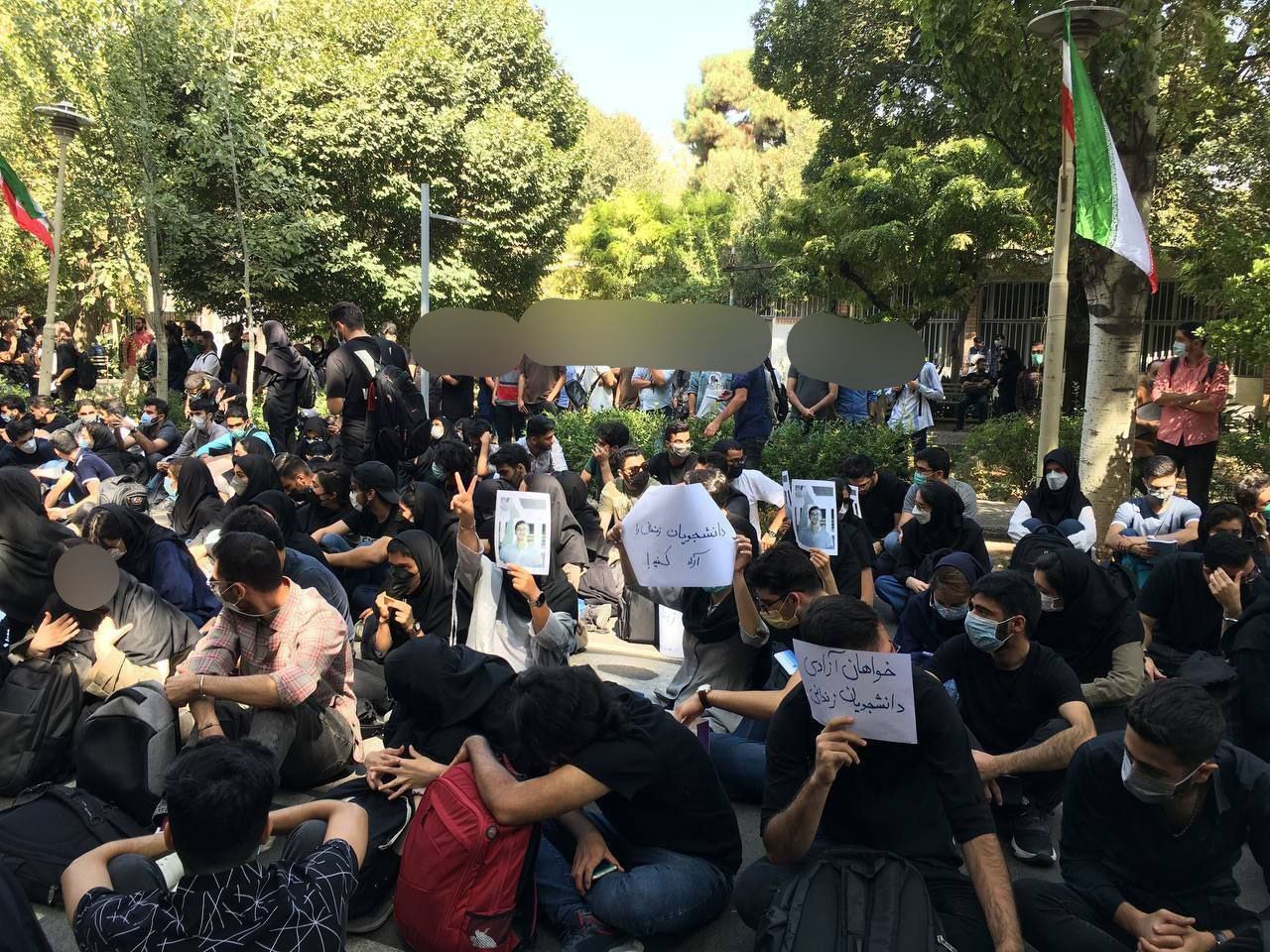
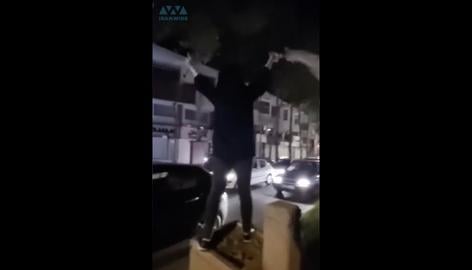
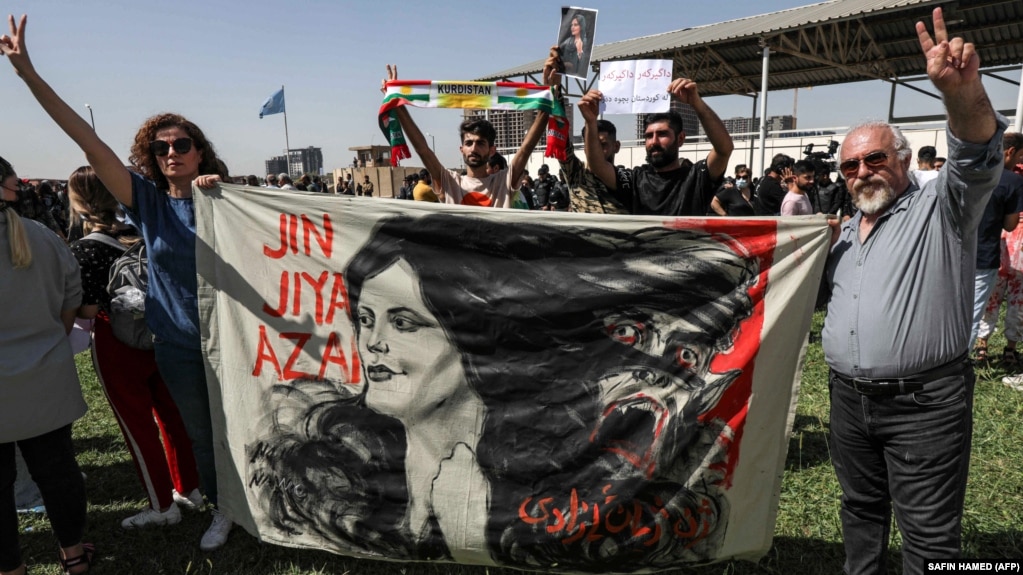
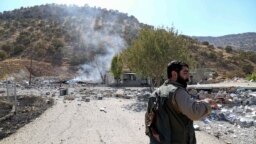

 One of the two purpose-built dorms, at Tukang Innovation Lane in Jurong. It is slated to begin operating in 2025.
One of the two purpose-built dorms, at Tukang Innovation Lane in Jurong. It is slated to begin operating in 2025. 